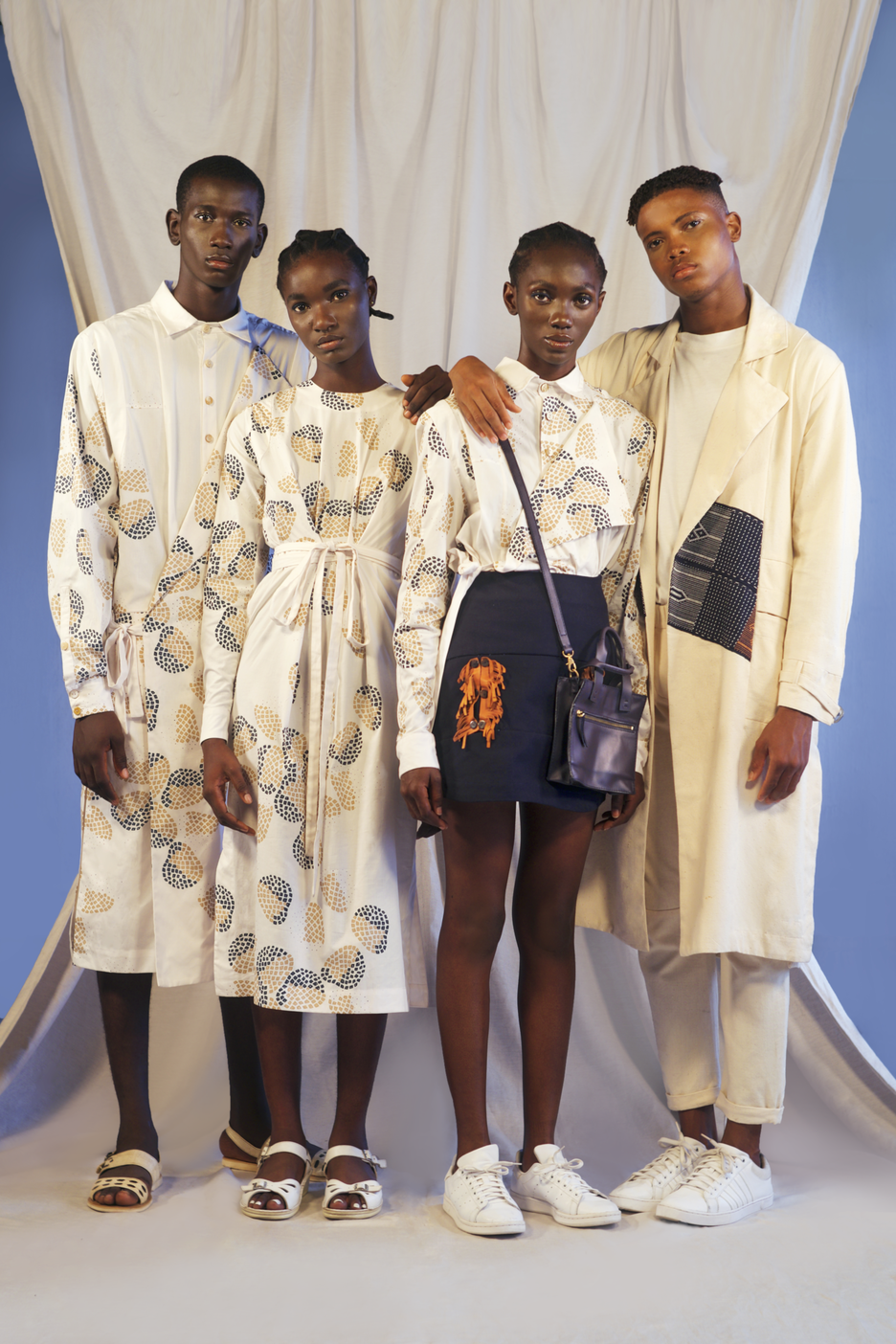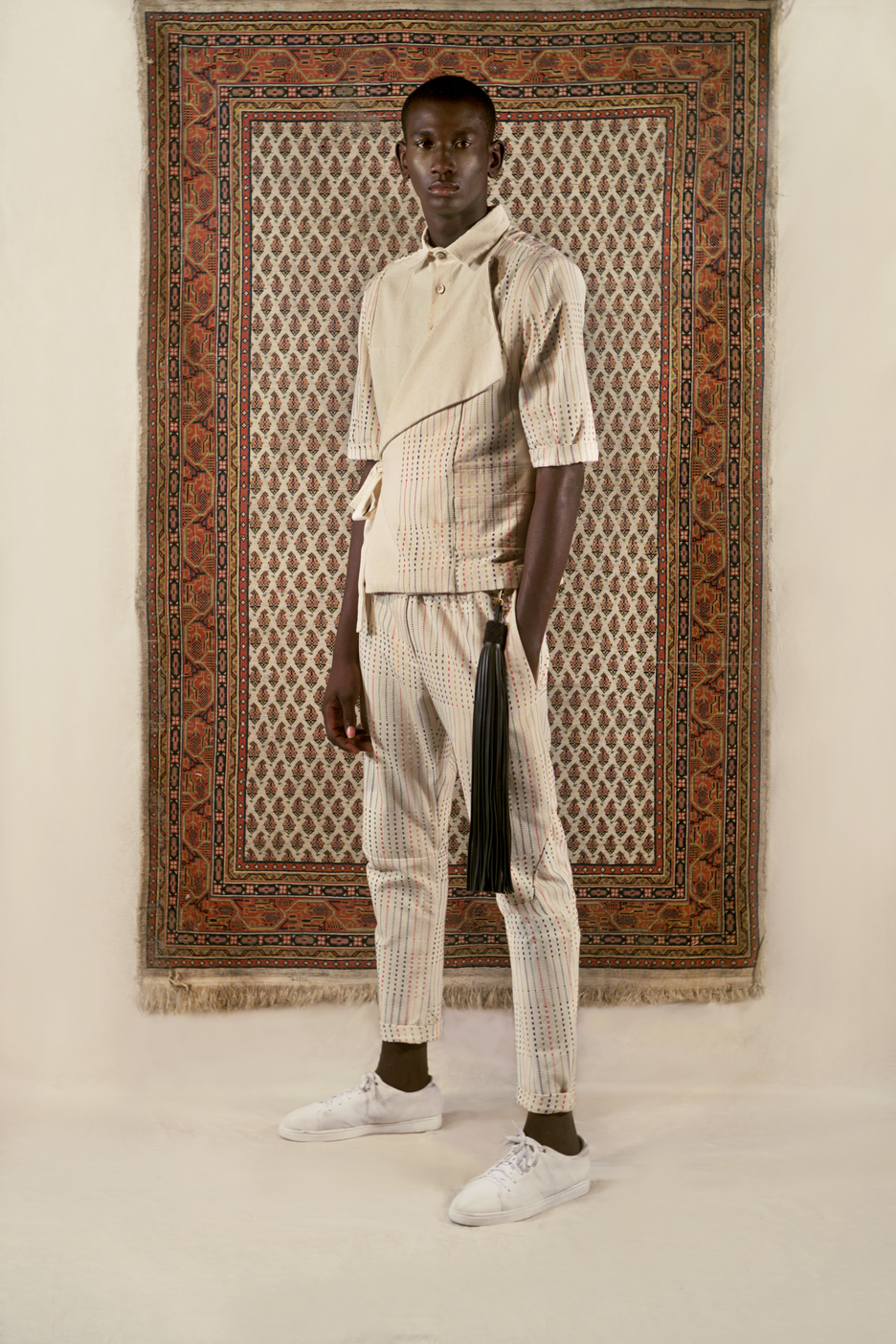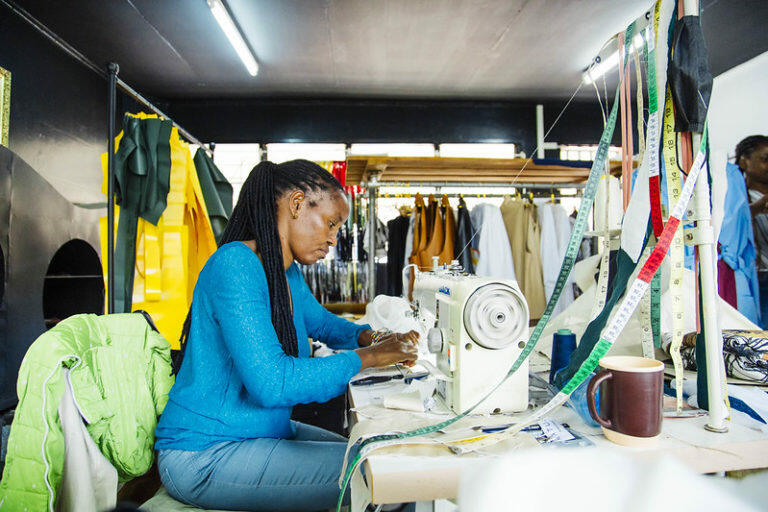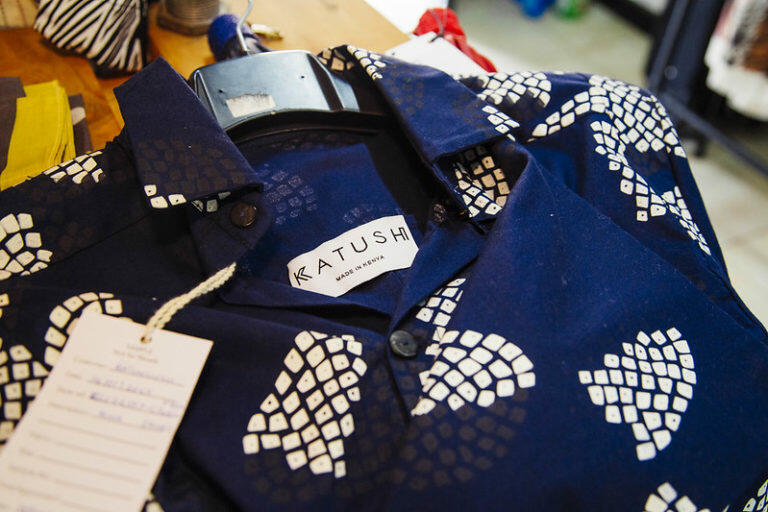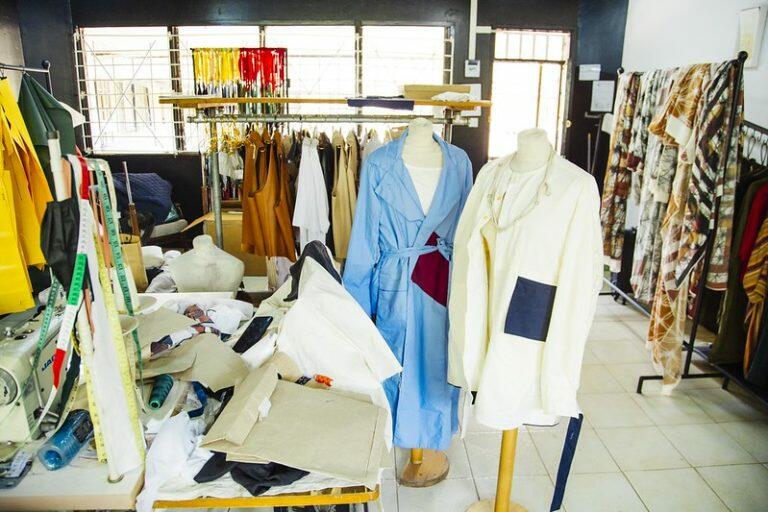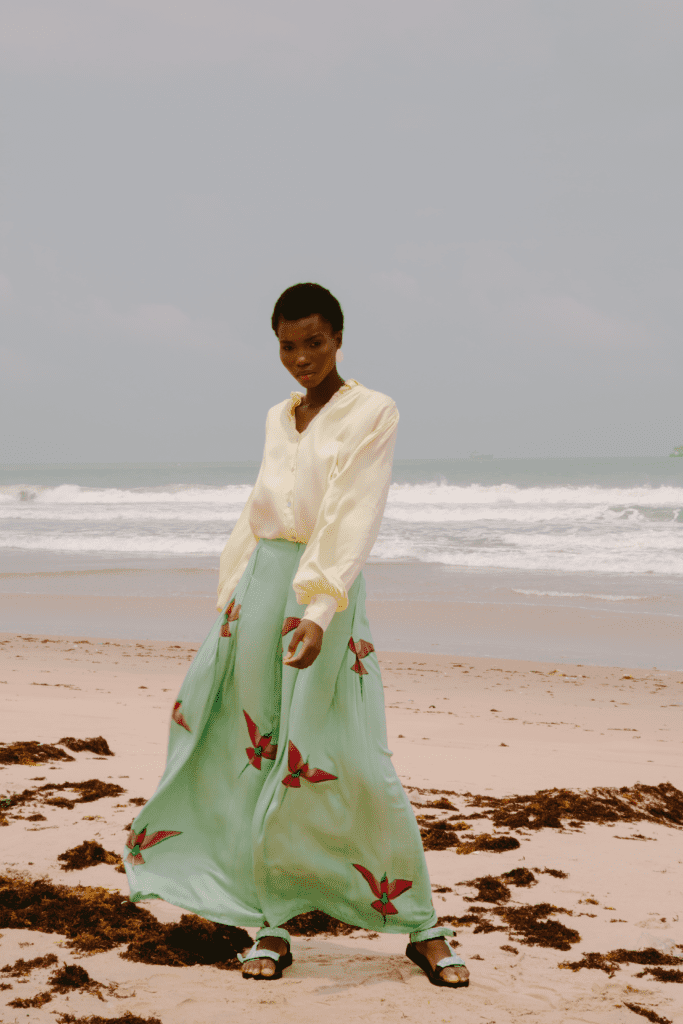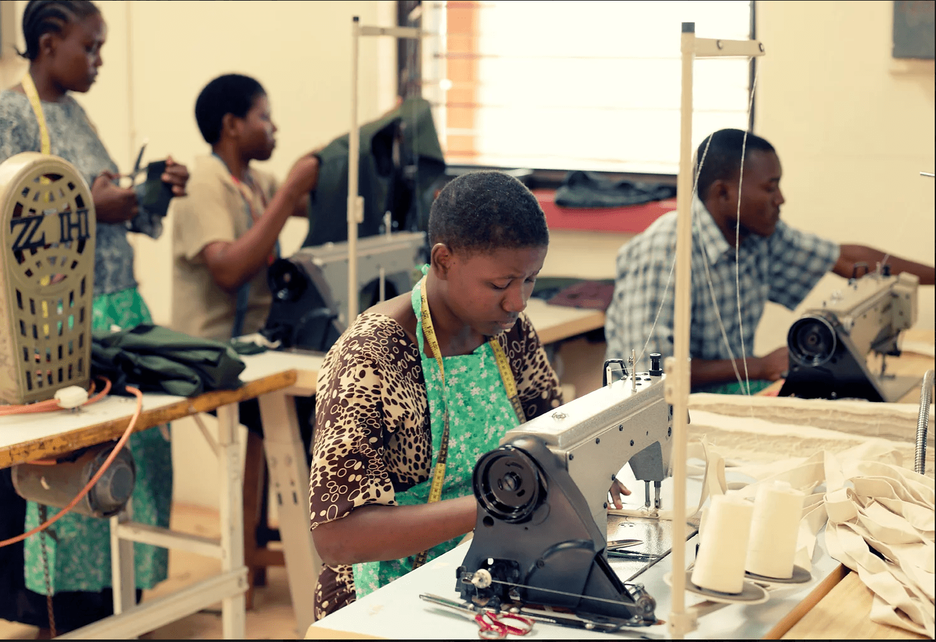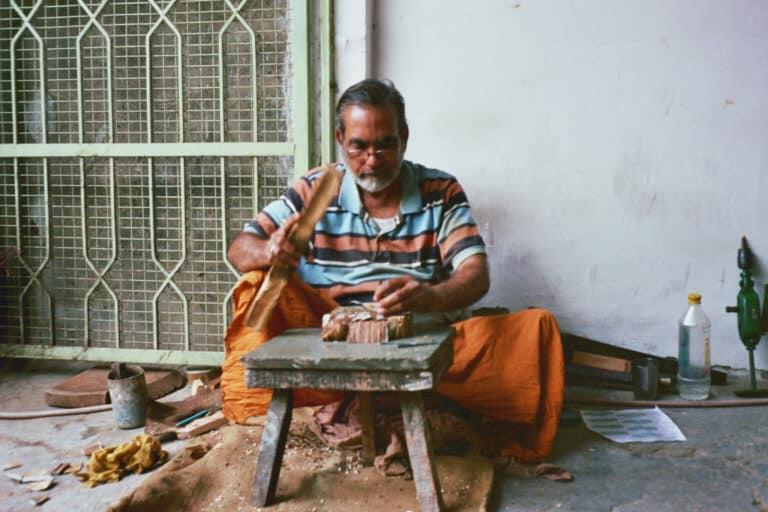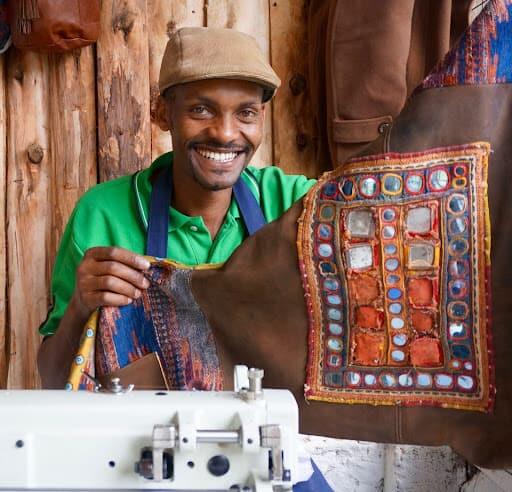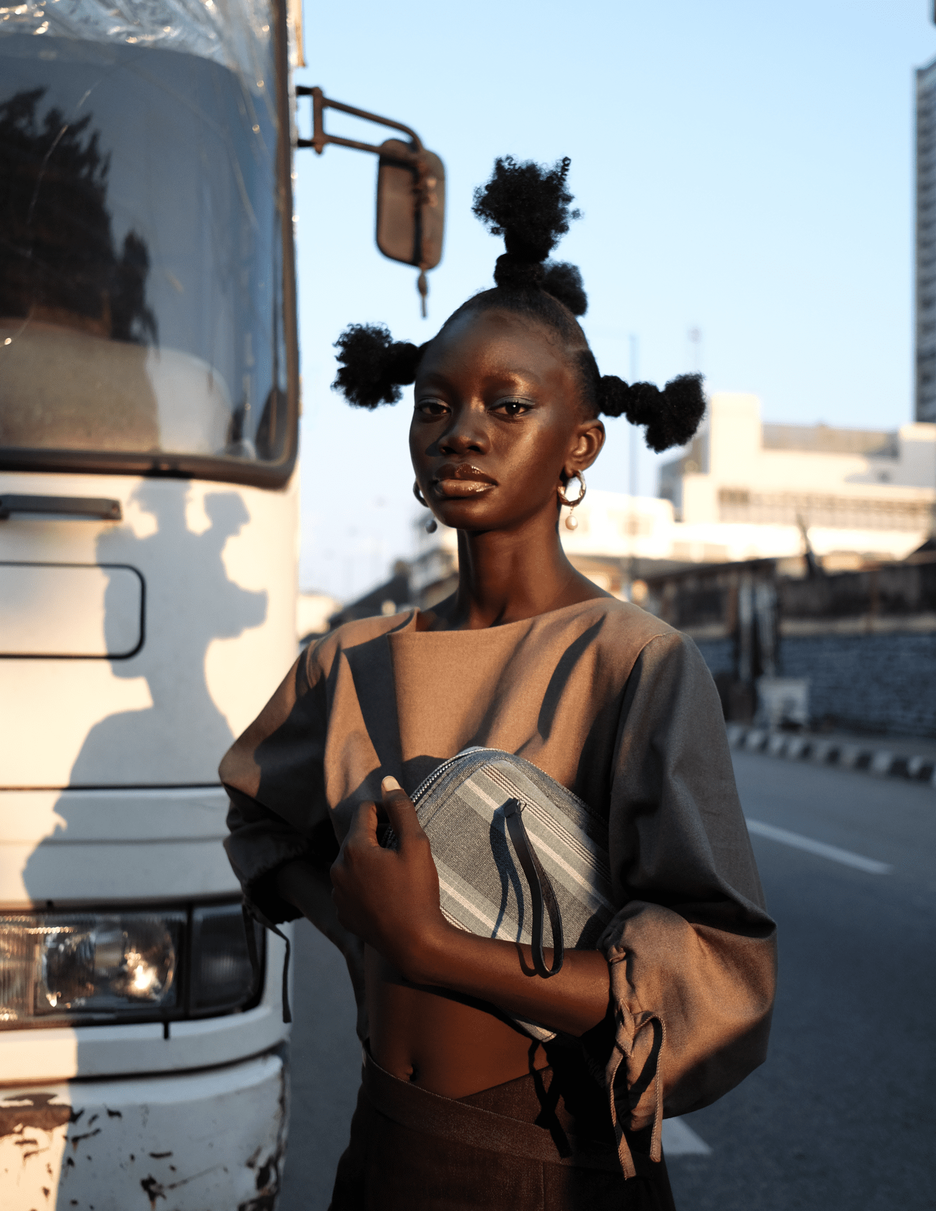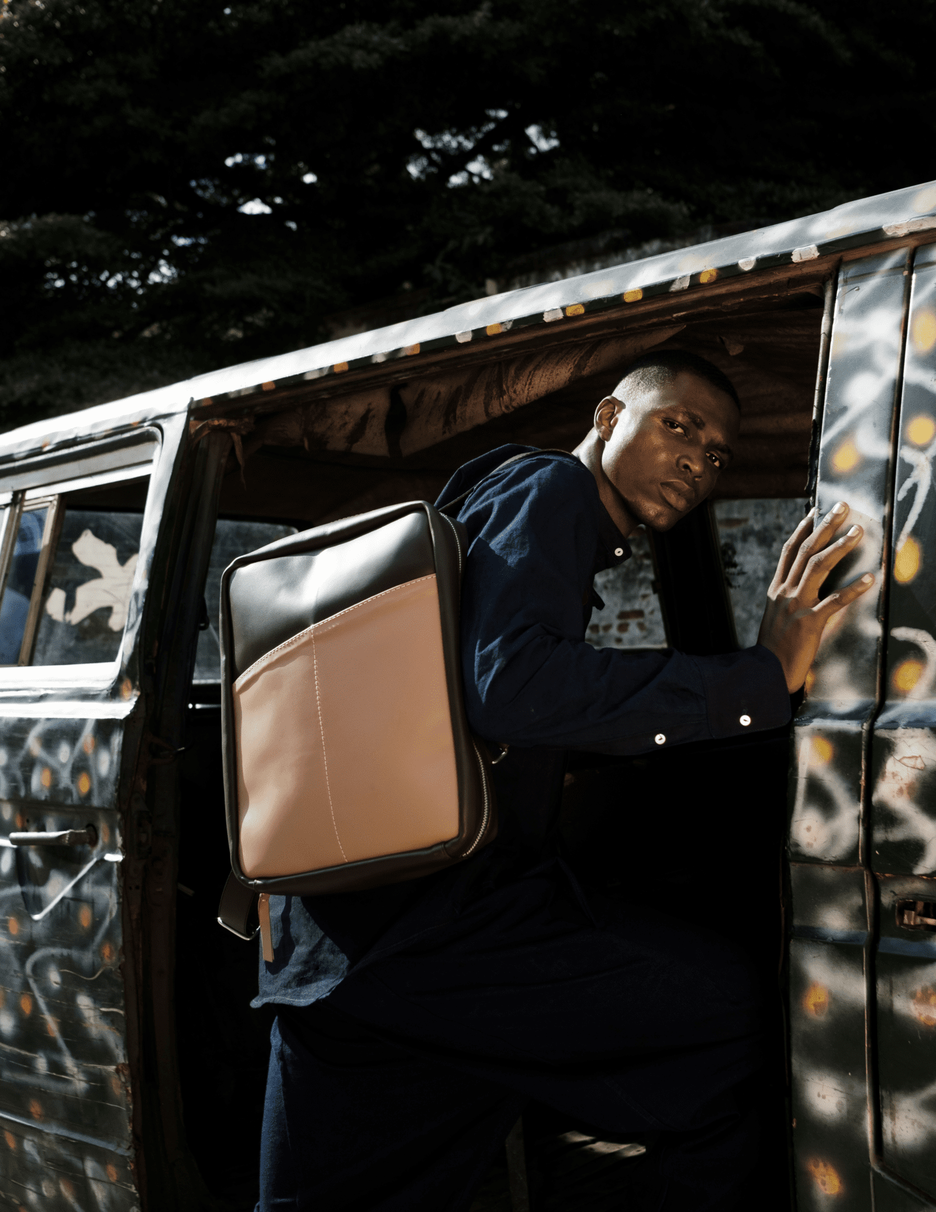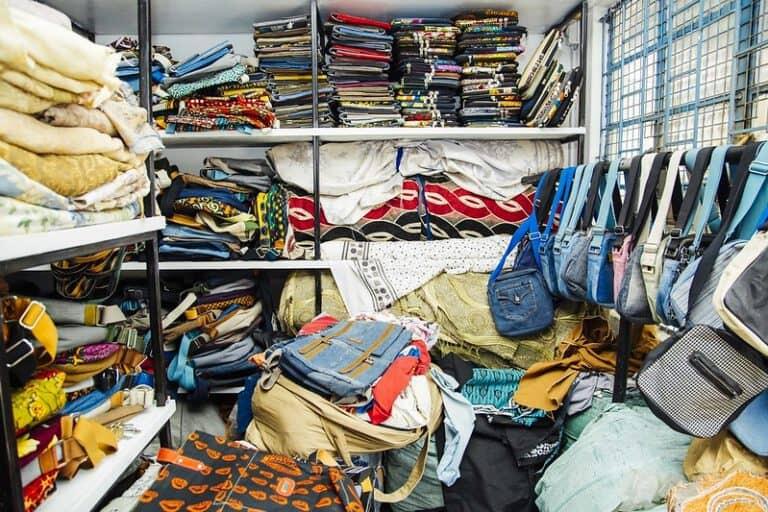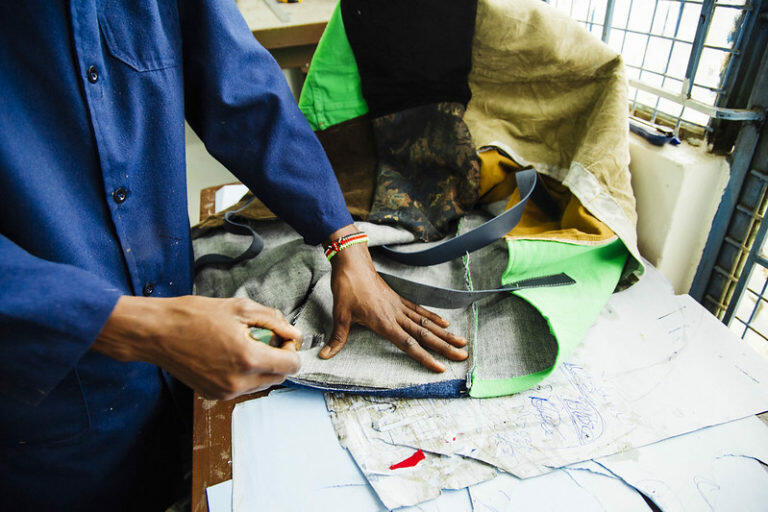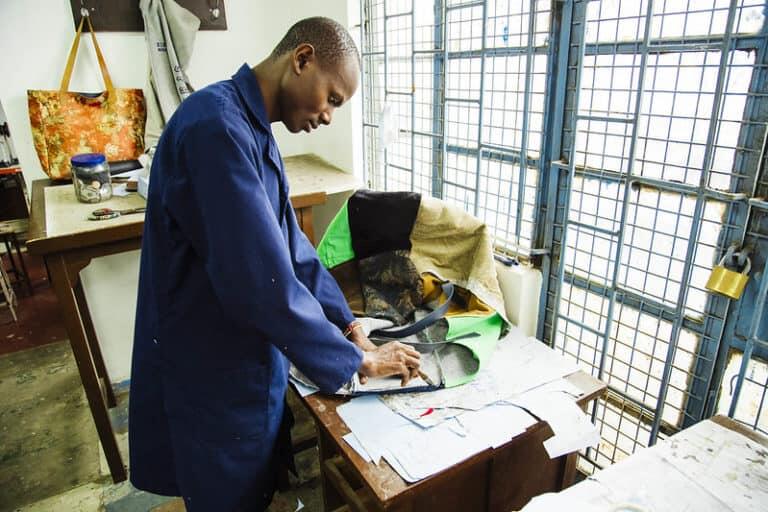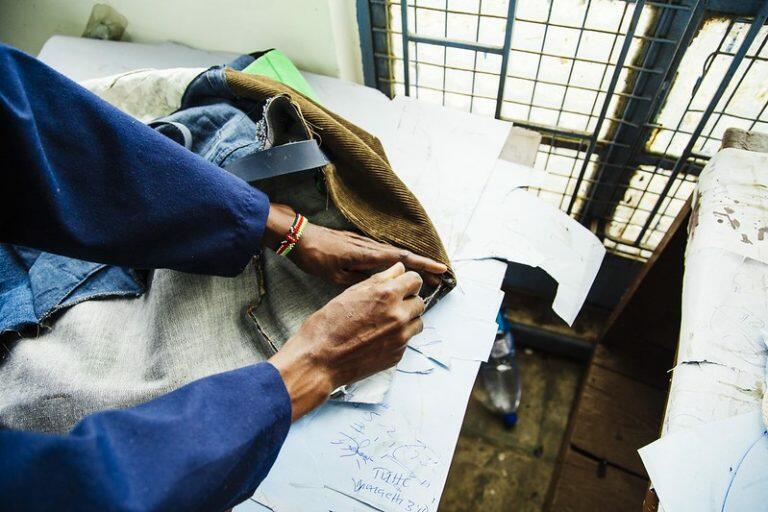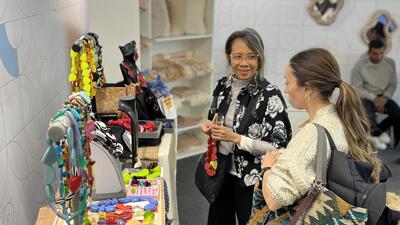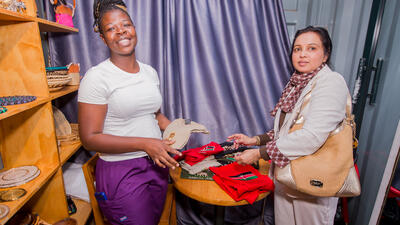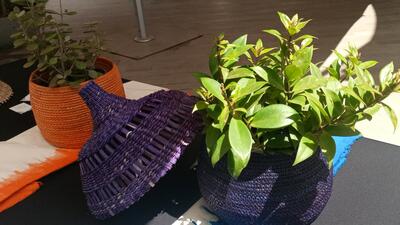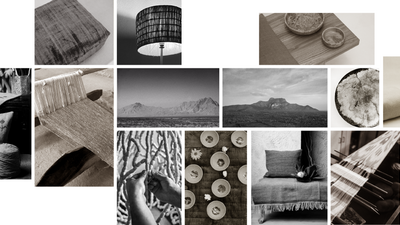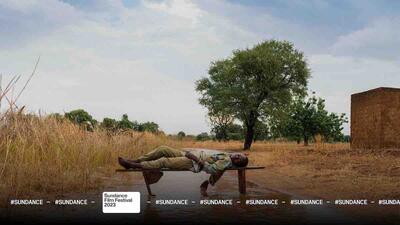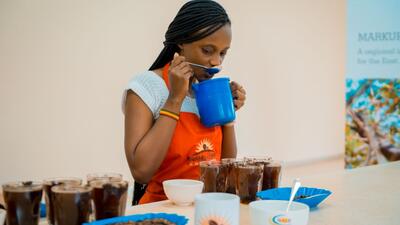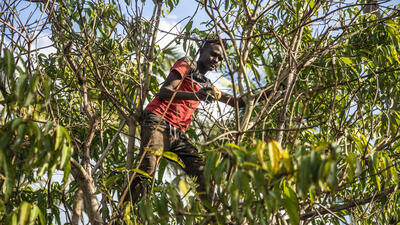
Three Kenyans and their sustainable business models
Over the course of the last decade and a half, the Ethical Fashion Initiative (EFI) has worked diligently to promote sustainable practices within the fashion sector. As a flagship program of the International Trade Centre (ITC), EFI has pioneered this endeavour from its inception, linking artists in developing nations with some of the world's leading design firms while keeping fair practices & environmental welfare in check. The designer accelerator programme was created to help African fashion brands compete more effectively on a global scale. EFI Accelerator offers support and mentorship in the areas of quality production, finances, and overall business development.
Many small brands already have sustainable practices embedded in their value chain and ensure their production processes are low waste and environmentally conscious. We spoke with three Kenyan brands about how they practice sustainability.
From repurposing vintage curtains into stunning made-to-order garments to exclusively using hyacinth packaging and brown paper labels handmade by local artisans, the following inspiring designers strive to lower their fashion footprint in their own unique ways. Below, the participants of our Designer Accelerator hailing from Kenya -- Hamaji, Rummage, and KATUSH -- sit with us to discuss their evolving business models and how they’re minimizing the impact of their creations.
How has your sustainable business model evolved throughout the years?
“Over the years, I began researching and finding ways of implementing new and available sustainable materials in my collections. The only things that remained constant throughout the years have been the consciousness and intent surrounding the people in my business – they’re crucial. I’ve enjoyed working with handwoven materials made by artisans, for example, and being able to interact with these artisans on a personal level. The evolution of our business model has been quite an adventure and a challenging experience both for me and for the artisans we work with. I’ve learned that some things take longer to make and require extra dedication.”
What has been the biggest challenge you’ve had to face when establishing a sustainable fashion line, and how has your brand managed to overcome it?
“Our biggest issues have been communications and marketing. Having consistent, accurate communication around our brand and our mission was a large challenge. Staying authentic is important to me and so finding the ability, words, and tools to express our vision about the sustainable fashion brand that is Katush was very difficult at times. But with the support of the EFI Accelerator, now I’ve developed the confidence to communicate better, making sure I am as genuine as possible.”
Can you give us an example of one of your sustainable practices?
“I make sure I am intentional and conscious in each step of the process, all the way until the consumer receives the item. Some of my packaging is made from hyacinth, and when possible I also incorporate brown paper that’s screen-printed, handmade by different artisans locally. I’m currently looking into labels and tags that are also conscious. I only work with local providers to ensure I’m giving back to my community.
In terms of measuring my impact, the biggest way that I measure and control Katush’s footprint is by removing mass production from my business model. This makes it easier to keep track of the items made, the items that worked and the items that didn’t, keeping waste out of landfills.”
How are wages for the artisans you work with calculated?
“Generally, I work with Artisan Fashion here in Kenya. Artisan Fashion uses EFI’s Due Diligence Reporting System, which gathers data on social and environmental factors for every order.”
How has your sustainable business model evolved throughout the years?
“Over the years, new processes have been implemented as we work towards a full circular supply chain. Hamaji started initially upcycling and then, for some time, we switched to sourcing fabrics and organic, natural fibres in India. We are now incorporating more upcycled materials into our production. Because our brand is a very small-scale business, we work with individual artisans, and we enforce a made-to-order model. In that regard, Hamaji is a slow fashion brand.”
What has been the biggest challenge you’ve had to face when establishing a sustainable fashion line, and how has your brand managed to overcome it?
“One of the biggest challenges we’ve faced has been fInding fibres and fabrics that were traceable in their sustainability. Since the brand began in Cape Town and later on moved its base to Kenya, traceability in natural fibres and fabrics barely existed. It was because of that that I resorted to upcycling. I saw a lot of possibilities in working with vintage curtains and jackets.“
Can you give us an example of how you ensure low-impact practices in your collections?
“Every part of our garments comes from a sustainable source. For our newest collection, we tried to make it as sustainable as possible. The buttons, for example, are artisanaly made from used, melted-down padlocks. My future collections will be produced alongside Wildlife Works, one of the biggest conservation companies in the continent. I’m proud to collaborate with them as they have an incredible community-centred, wildlife-focused business model.
When it comes to printing, Hamaji uses the traditional art of wood-block printing, a centuries-old method that’s printed with eco-friendly dyes, sometimes done by hand. Oftentimes, we work with a women’s group in eastern Kenya that uses a locally-grown hand-loom tool.
We ensure sustainable practices throughout each step. The bags that we package our online orders in (i.e. tote bags and other small items) are made from leftover scraps by street children, and our overall packaging is made from beautiful brown recycled paper.”
What are your sustainability goals for 2022, and how will you ensure the success of your practices?
“This year I will begin upscaling production and partnering with Wildlife Works, a conservation-focused company that creates jobs for citizens in the area and provides both direct and indirect benefits to communities from carbon financing through forest protection. They have incredible resources for carbon offsetting and a vast community footprint that provides a wider community with opportunities. EFI has helped me to build a relationship with this supplier.”
How are wages for the artisans you work with calculated?
“Due to the nature of our bags and their particular designs, the artisans we work with are trained in-house. The older members of the team are paid based on experience, with a base that includes minimum wage along with bonuses. All of our staff are salaried, meaning they are paid a fixed amount and not per piece.
We train our artisans from start to finish, from cutting to assembly. Since they come to us with different skills, we train them in different departments so they can work cohesively.”
Tell us about your eco-conscious production processes and how they’ve evolved over the years.
“We’ve always had a wholesome 360 approach from the beginning. Reducing waste in local second-hand markets is at the root of our low-waste production. We have more waste coming in than going out, that is why we source all of our materials from Gikomba market, Kenya’s largest second-hand open-air market. There we find used denim, leather, and other materials that we incorporate into our designs. Since items and quantities in the market vary and are not guaranteed, sometimes we purchase extra items to keep in-stock, especially if we know we will want to use it in the future.”
What are your sustainability goals for 2022, and how will you ensure the success of your practices?
“We have a big vision to make a big impact in Kenya, beginning with measuring our carbon emissions and within a few years, becoming a carbon-neutral company. I want to try to rescue as much as possible from national landfills and to create a more sustainable, circular approach to the brand. For now, saving as much as possible from landfills translates directly to lower carbon emissions. We feel very good about that.”
About the project
For the Ethical Fashion Initiative (EFI), lifestyle choices impact livelihoods. EFI acts as a bridge, connecting marginalized artisan communities in emerging economies with discerning global lifestyle brands, creating meaningful work and fair, decent working conditions.
We develop and sustain social enterprises, designers, artisans and micro-producers in fashion, interiors and fine foods. We build on tradition, heritage and craftsmanship, and inject modern production and business practices to improve quality, consistency and productivity while leaving intact the intrinsic value of the product’s provenance.




